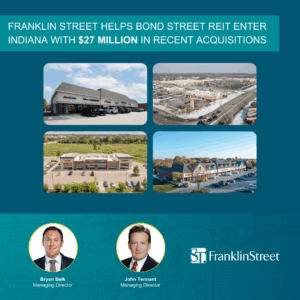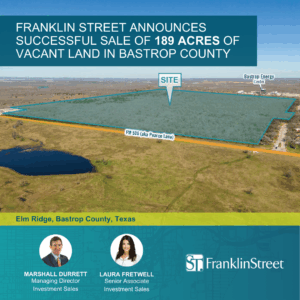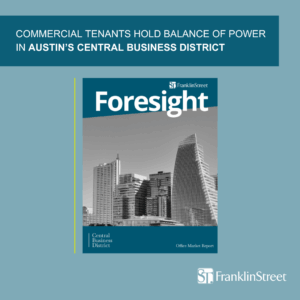Excerpted from Bisnow story.
South Floridians will never escape hurricanes entirely, but they can take steps to brace themselves against the risk. In conversations with Bisnow, several real estate professionals offered tips on how to best insulate projects from big storms. The magic formula? An ultra-sharp lawyer, loads of insurance and impeccable site selection.
…
Franklin Street Insurance Services Senior Director Evan Seacat agreed that insurance is a key consideration. His office insures almost 30,000 units in Florida. He said that buyers should factor in the long-term costs of insurance at the time of purchase. Whereas costs like electricity and payroll are relatively steady and easy to project, insurance prices can fluctuate more wildly.
“Eight years ago, property rates in South Florida were over double what they are now. They have come down after eight or nine years with no hurricanes,” Seacat said, but that trend could reverse and prices could shoot up again. “At the end of the day, you’ve got to carry insurance no matter what the price is.”
Seacat said he is hopeful that insurance rates would not rise exponentially after Hurricane Irma, but he expects big changes to come to the Federal Emergency Management Agency and National Flood Insurance program.
“With Superstorm Sandy, and [Hurricane Harvey in] Houston, there’s going to be billions in payouts,” he said. “Now from Naples to the Keys, I would expect legislative changes and potential increases on the flood side down the road, because they have to come up with the money from somewhere.”
Consequently, Seacat said, investors should be cautious about projects in flood zones. Usually, lenders require that such projects carry significant insurance. But sometimes, no lender is involved, and developers opt to self-insure wind and flood risks, he said. As Hurricane Irma approached, he said, he had about 10 clients call and try to add wind coverage at the last minute, but insurers were not binding policies at that point.
“That is something we are going to be really studying — the risk of not having coverage versus having it,” Seacat said. “We have been lucky the last 12 years. A client called me yesterday and said, ‘this is it; things are changing.’ He owns 50 units in South Florida.”
Seacat said increasing insurance costs may make it more difficult to execute projects along the coast, and some insurance companies may opt to no longer offer coverage on barrier islands at all.



